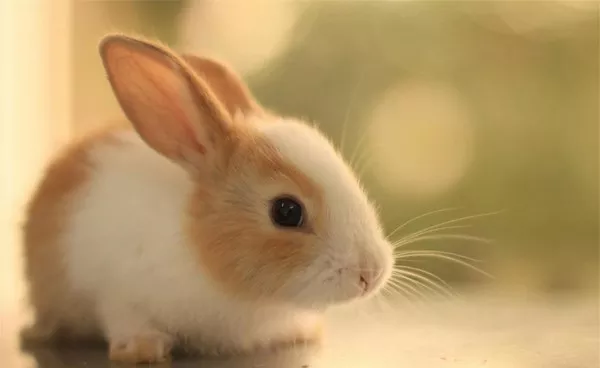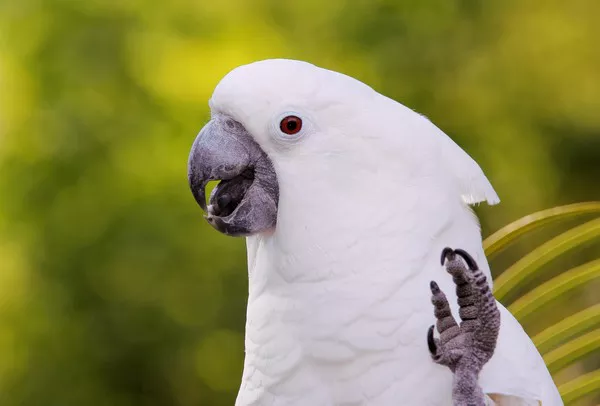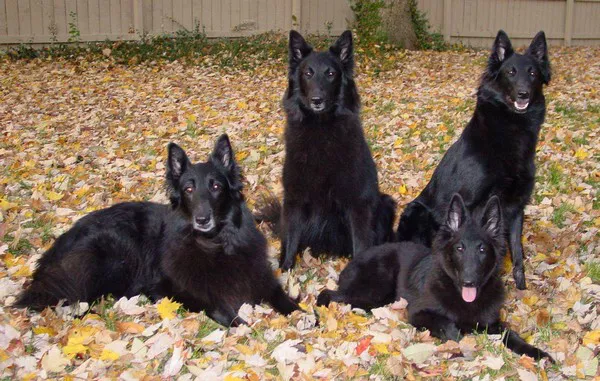Rabbits are gentle, social creatures that make wonderful pets for families and individuals alike. Their adorable faces, soft fur, and playful personalities have made them increasingly popular as household pets. However, caring for a rabbit requires understanding their needs, from proper housing and nutrition to health care and socialization. One critical stage in a rabbit’s development is weaning—the process of transitioning from mother’s milk to solid food. Knowing when and how rabbits are weaned is crucial for pet owners, as it ensures the rabbit’s nutritional needs are met and its physical and emotional health are supported.
In this article, we will explore the concept of weaning in rabbits, the timeline for this process, and the best practices for helping your rabbit through this important stage of development.
What Is Weaning in Rabbits
Weaning is a natural and essential part of a rabbit’s life cycle. It refers to the gradual process of transitioning from exclusive milk feeding to eating solid food. Just like other mammals, young rabbits depend on their mother’s milk for nourishment in the early stages of their life. The weaning process helps ensure that the rabbit develops the necessary skills to eat solid foods and grow strong, healthy, and independent.
The age at which rabbits are weaned varies depending on the breed, the environment, and individual factors. However, there are typical milestones and behaviors that can help pet owners determine when a rabbit is ready to wean.
When Do Rabbits Start the Weaning Process?
Rabbits are born blind, deaf, and completely dependent on their mother’s milk for survival. In the early days of life, the mother’s milk is their sole source of nutrition. The weaning process generally begins around 3 to 4 weeks of age, although the exact timing can vary based on the mother’s milk supply and the needs of the kits (baby rabbits).
At this stage, the kits’ digestive systems start to mature, and they begin to show signs of curiosity about solid food. They may start nibbling on hay, grass, or other available foods, but they still rely heavily on their mother’s milk for sustenance.
The Role of the Mother in Weaning
In wild rabbit populations, the mother plays a significant role in the weaning process. She will gradually begin to reduce the number of feedings and start encouraging her young to explore solid food sources. The mother rabbit does this by leaving her nest for longer periods, allowing the kits to become more independent. In some cases, the kits will begin to nibble on the food the mother eats, further signaling the beginning of weaning.
For domestic rabbits, weaning is generally a more gradual process. It is important for pet owners to observe the behavior of the kits and make sure they have access to fresh food and water during this time. A well-balanced diet with hay, fresh vegetables, and rabbit pellets is essential to support healthy development.
What Are the Signs That a Rabbit Is Ready to Be Weaned?
Rabbits exhibit several signs that they are ready for weaning. These include:
- Increased Curiosity About Solid Food: As the kits reach around 3 to 4 weeks of age, they may begin showing interest in their mother’s food and may start nibbling on hay or fresh vegetables.
- Growing Teeth: Rabbit kits begin developing their teeth at around 2 to 3 weeks of age. When their teeth are fully grown, they are more capable of chewing solid food, making the transition to solid food smoother.
- Physical Growth: Rabbits at this stage experience significant growth. Their bodies become more robust, and they begin to gain weight rapidly. This is a clear indicator that their digestive system is ready for more solid foods.
- Reduced Need for Milk: As kits start consuming solid food, their dependence on the mother’s milk will naturally decrease. This marks the beginning of the weaning process.
- Social Behaviors: As kits grow older, they become more active and start interacting with their environment. Their ability to socialize with their littermates and mother improves, and they become more independent.
The Weaning Age: 6 to 8 Weeks
Although weaning begins around 3 to 4 weeks, most rabbits are not fully weaned until they are around 6 to 8 weeks old. This allows the kits to build up enough strength to fully rely on solid food while continuing to benefit from the mother’s milk for a few weeks longer.
At 6 weeks, rabbit kits should be eating a mix of hay, fresh greens, and rabbit pellets. During this time, the mother will still nurse them but will gradually reduce the frequency and duration of the nursing sessions. By 8 weeks, the kits should be entirely weaned and can be separated from their mother and siblings if they are ready to be placed in a new home.
However, it is important to note that some breeders or pet owners might prefer to keep rabbits with their mother and littermates until they are 12 weeks old to ensure they are fully socialized and emotionally developed.
The Importance of Proper Diet During Weaning
A proper diet is crucial during the weaning process to support the growing rabbit’s health and development. The young rabbit’s digestive system is still maturing, and transitioning too quickly to solid food can cause digestive issues or malnutrition. It is important to offer food that is easy to digest and rich in nutrients.
Here is a general guideline for feeding a weaning rabbit:
- Hay: Hay should be the primary food source for all rabbits, including those in the weaning stage. It provides the necessary fiber for healthy digestion and keeps the teeth from growing too long. Offer fresh hay like Timothy hay, meadow hay, or orchard grass.
- Pellets: High-quality rabbit pellets can provide the necessary vitamins and minerals during the weaning process. Make sure the pellets are specifically designed for young rabbits and avoid adult formulas, which may not meet their nutritional needs.
- Fresh Vegetables: Fresh vegetables such as leafy greens (romaine lettuce, cilantro, parsley, dandelion greens) should be introduced around 4 to 5 weeks of age. Gradually offer a variety of vegetables to help build the rabbit’s digestive tolerance.
- Fresh Water: Clean, fresh water should always be available to the rabbit. Hydration is essential for maintaining healthy digestion, especially as the rabbit’s diet shifts to solid foods.
Social and Emotional Considerations
In addition to nutritional needs, it’s important to consider the emotional and social aspects of weaning. Rabbits are social animals, and the weaning process can be stressful for both the mother and the kits. Gradually weaning the kits instead of abruptly separating them can help reduce stress and foster positive behavior.
The mother rabbit may show some signs of agitation or restlessness as she adjusts to the reduced need to nurse, but she will generally not be aggressive towards her kits. Kits, on the other hand, might display behaviors such as increased vocalizations or seeking comfort from their siblings or mother.
As the kits are weaned and their social skills develop, it is important to ensure they are kept in a safe and supportive environment. If they are being rehomed, it is essential to give them time to adjust to their new surroundings.
Why Is It Important to Wait Until 6 to 8 Weeks to Rehome a Rabbit?
Although it may seem tempting to rehome a rabbit kit as soon as it starts nibbling on solid food, it is crucial to wait until the rabbit is fully weaned. This ensures that the kit has received proper nutrition and has developed the necessary social and physical skills to thrive in a new environment.
Rabbits that are removed from their mother and littermates too early may experience emotional distress, and they may not be as well-equipped to handle the challenges of a new home. Rabbits need time to learn from their mother and siblings, especially when it comes to grooming, social interactions, and proper rabbit behaviors.
Moreover, separating a rabbit from its mother too early can lead to health problems, such as improper digestion or a weakened immune system. The longer a young rabbit stays with its mother, the more time it has to develop strong, healthy bones, muscles, and teeth.
Conclusion
Weaning is a critical phase in a rabbit’s development, and understanding the process is essential for pet owners. While the exact timing can vary, most rabbits are ready to be fully weaned by 6 to 8 weeks of age. During this time, they gradually transition from milk to solid food, and their bodies become stronger and more capable of independent living. Ensuring that the weaning process is handled with care, attention to diet, and socialization support is crucial for setting up a rabbit for a healthy and happy life.
By respecting the natural timeline of weaning and providing a proper environment, pet owners can help young rabbits grow into well-adjusted and healthy adult rabbits.
Related Topics:



















